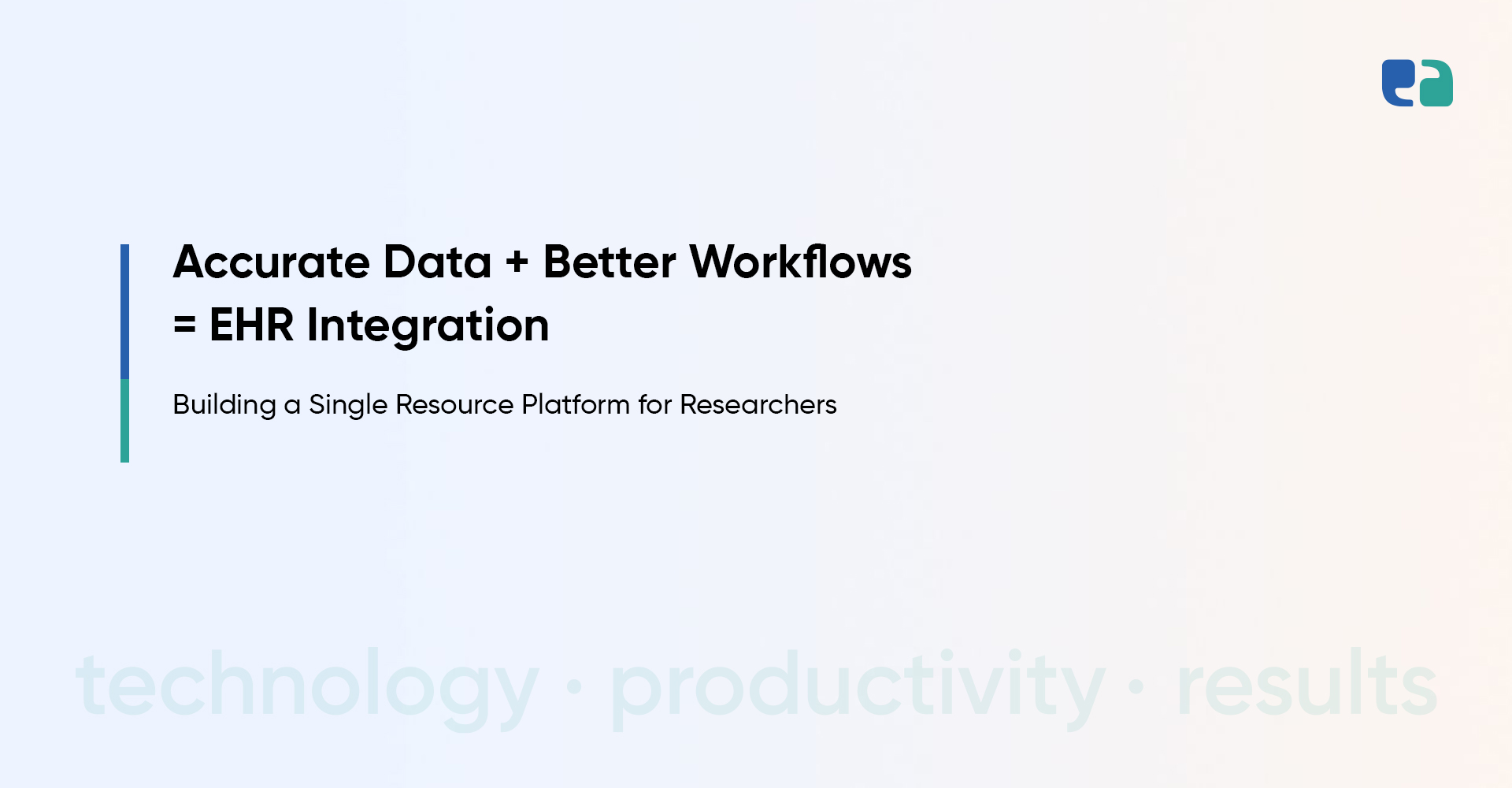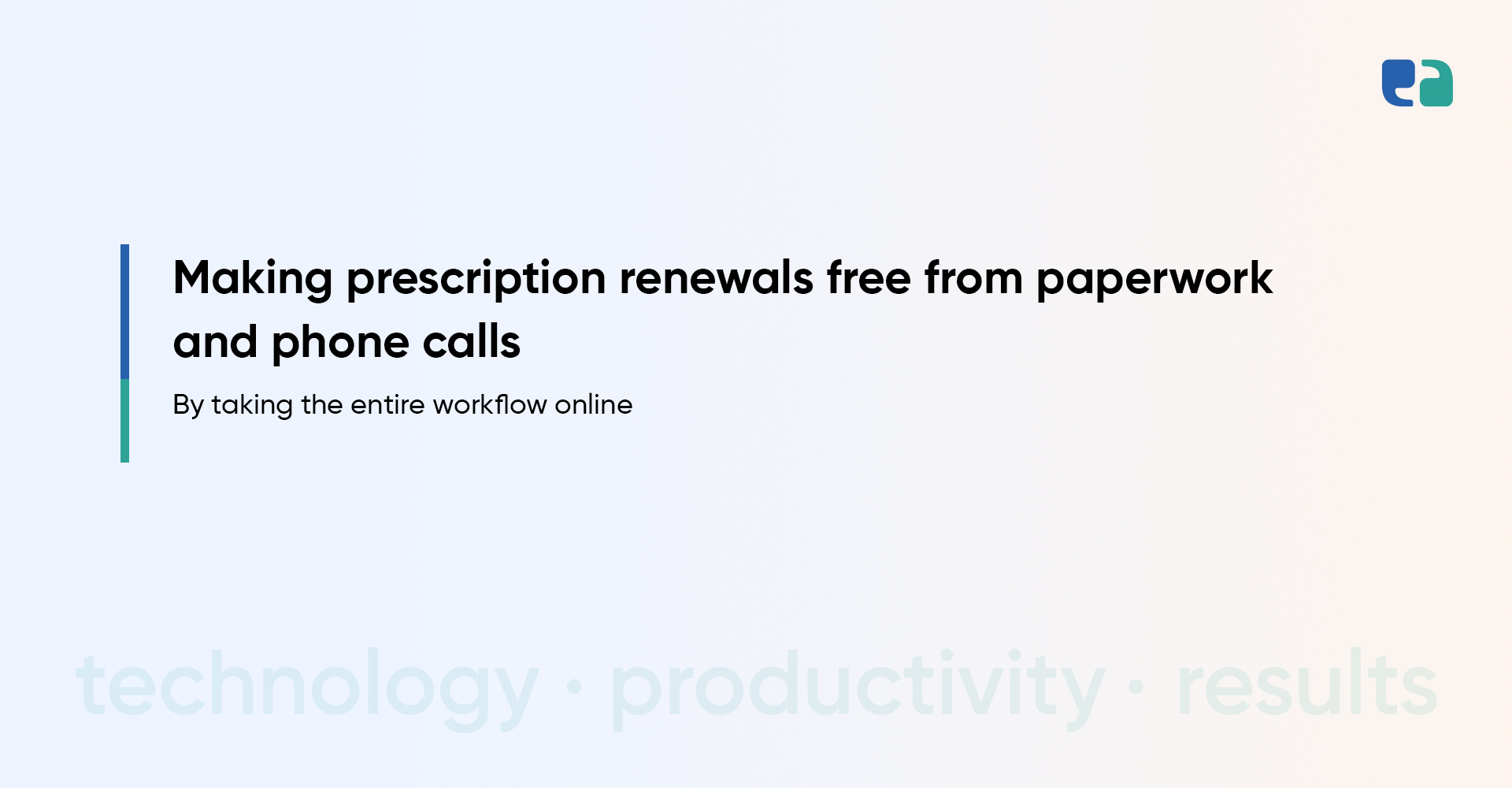Clinical trials play a vital role in advancing medical research and improving patient care.
However, conducting these trials can be complex and time-consuming, often requiring the integration of various systems and processes.
One notable integration that has gained significant attention in recent years is the integration of Electronic Health Records (EHRs) with Electronic Data Capture (EDC) systems.
The Need for EHR and EDC Integration
EHR EDC Integration will lead to automatic data transfer from one software to another.
As EHR includes a plethora of vital information, it can be a great resource for clinical research.
The data stored in EHR includes
- Illness prevalence
- Side effects of medications
- Benefits of treatments
- Diagnostic results
With the EHR EDC Integration, clinical research organizations (CROs), sponsors, and biopharma companies can benefit from the data stored in the EHR.
The Benefits of EHRs and EDC Integration
Manual to Direct Data Sourcing = EHR EDC Integration
Automated healthcare solutions are the talk of the town nowadays, closely followed by integration.
Global healthcare catastrophes have already demonstrated the importance of integrations in clinical trials.
The transition to digital sourcing is unavoidable.
The main goals behind this transition are:
- More accurate data
- Fewer resources
- Better workflows
- Enhanced patient care
If you want to integrate your EHR software with EDC or any other healthcare software platform, fill out the form below and our team will contact you in 2 business days.



